Business representatives believe that with the advantage of a long coastline combined with sunshine and wind, Vietnam can become a green hydrogen production center in Asia.
According to the Vietnam Hydrogen Energy Development Strategy approved by Prime Minister Pham Minh Chinh in early February, this energy ecosystem will be developed based on renewable electricity, including production, storage, transportation, distribution, domestic use and export. Green hydrogen is considered the "key" to helping Vietnam achieve net zero emissions by 2050.
At the conference to deploy this strategy on February 22, Ms. Huynh Thi Kim Quyen, General Director of The Green Solutions Group - the investor of the first green hydrogen plant project in Vietnam - assessed that renewable energy (sun, wind) and a long coastline are the country's great advantages in hydrogen production.
"Vietnam has a lot of potential for production and has the right to dream of becoming a green hydrogen production center in Asia," she said.
At the same time, producing this type of fuel also brings revenue from selling carbon credits. For example, with the Ben Tre Green Hydrogen Plant with a capacity of 24,000 tons of hydrogen per year, the estimated revenue from selling carbon credits can be up to 37 million USD, equivalent to 1 billion USD over the entire life of the plant. "This source of money will share the high initial investment cost," she said.
However, the CEO of The Green Solutions believes that the major challenge in producing hydrogen is the high cost and large investment costs. Therefore, to have the resources to build the first green hydrogen project in Vietnam with an investment capital of 1.5 billion USD, the enterprise must access green finance loans from international financial institutions and banks.

Huynh Thi Kim Quyen, General Director of The Green Solutions Group, expressed her opinion at the conference on implementing the Hydrogen energy strategy on February 22. Photo: Ministry of Industry and Trade
Currently, the production cost of green hydrogen is about 2.5-6 USD/kg and conventional hydrogen is 1-2 USD/kg. This price also makes the transition process of the electricity industry difficult.
According to the Power Plan VIII, coal-fired thermal power plants must gradually switch to using green, sustainable fuel sources. By 2050, these plants will no longer use fossil fuels (coal) to generate electricity, switching completely to biomass and ammonia.
Mr. Ngo Son Hai, Deputy General Director of Vietnam Electricity Group (EVN), said that the group is building a roadmap and solutions for energy conversion. In particular, coal power plants under EVN will switch to using hydrogen-based fuel. However, due to the high cost, EVN representatives proposed that the Government have a mechanism to support hydrogen power generation projects to ensure competition with other lower-cost power sources.
Furthermore, this is a new field that is being researched and piloted for development, so businesses and localities should recommend that management agencies build appropriate systems of standards and regulations to remove legal difficulties.
Mr. Vu Hong Duong, Deputy Director of Tra Vinh Department of Industry and Trade, mentioned the hydrogen production plant project of Green Solutions in this locality. He said that the province has an investment policy, handing over clean land to the investor, but many legal procedures are slow, so the project cannot be implemented.
For example, this project requires 600 MW of input power from wind and solar power. In 2023, the investor asked the authorities for a "self-production, self-consumption" electricity mechanism with a commitment not to connect to the grid when investing in power sources, but the policy in this form has not been issued.

Minister of Industry and Trade Nguyen Hong Dien chaired a conference to deploy the hydrogen energy strategy on February 22. Photo: Ministry of Industry and Trade
Or some hydrogen production projects cannot be implemented due to lack of guiding regulations. Therefore, the target of producing 100,000-500,000 tons of hydrogen by 2030, according to localities and businesses, is difficult to achieve if regulations are not issued soon.
Mr. Nguyen Van Niem, Deputy Director of Ben Tre Department of Industry and Trade, proposed piloting a number of medium-scale projects in potential areas, while waiting for the completion of the legal and regulatory framework.
On the management side, Minister of Industry and Trade Nguyen Hong Dien said that the ministry will advise on the development and submission to competent authorities for promulgation of an implementation plan to realize the goals and solutions for hydrogen development in Vietnam.
He mentioned the role of international organizations in sharing experience, technology and training human resources for this new energy sector. This will help Vietnam access technology, train human resources, and cooperate in production to bring the cost of hydrogen to a reasonable level.
The leaders of the Ministry of Industry and Trade requested relevant units and ministries to revise and issue regulations suitable to the new development situation. Regarding the difficulties of hydrogen projects, Mr. Dien assigned departments and divisions to monitor, advise the ministry's leaders or propose to competent authorities for consideration and resolution./.
Phuong Dung
Source




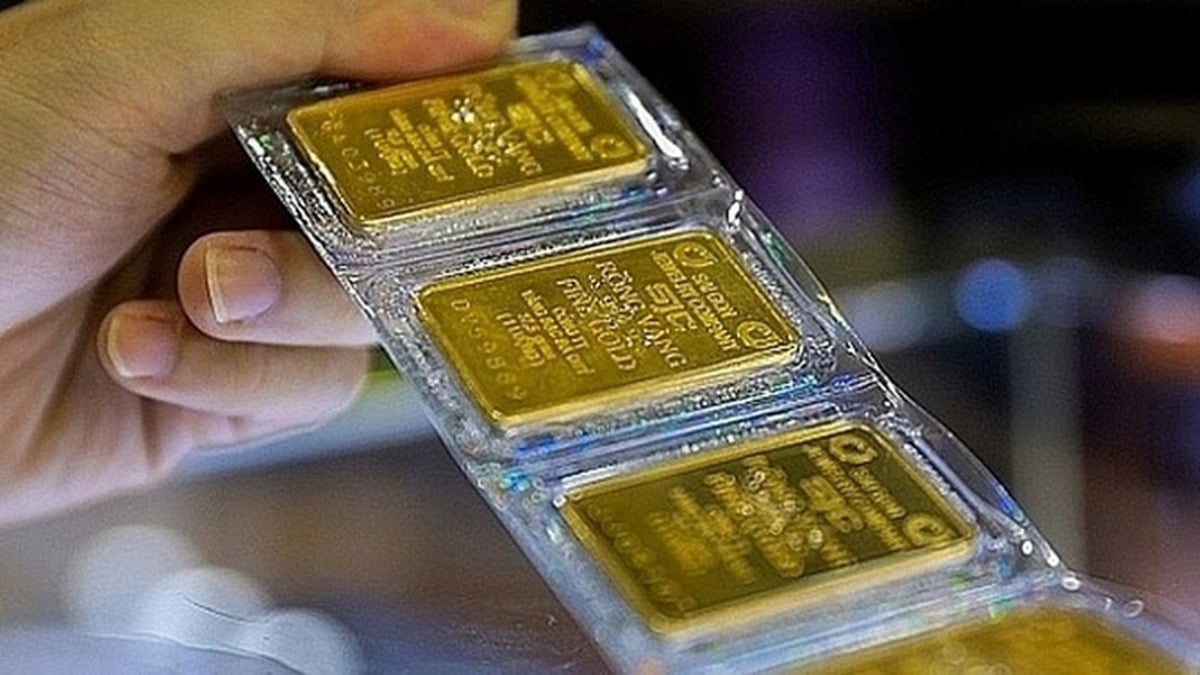
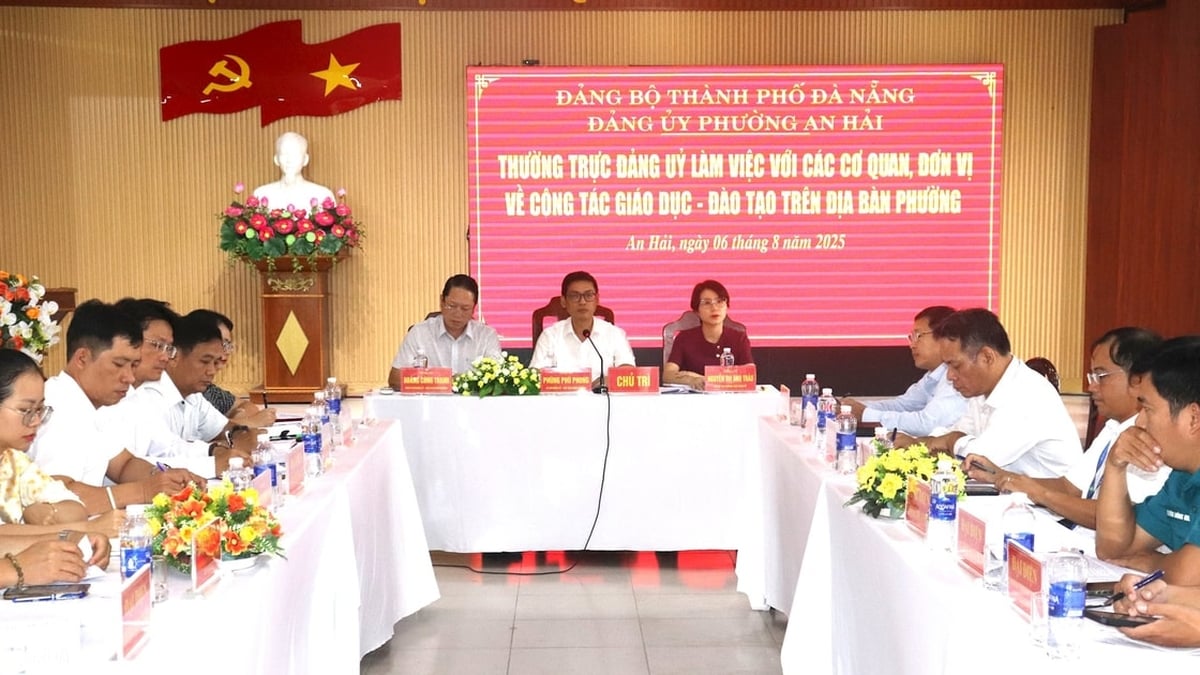
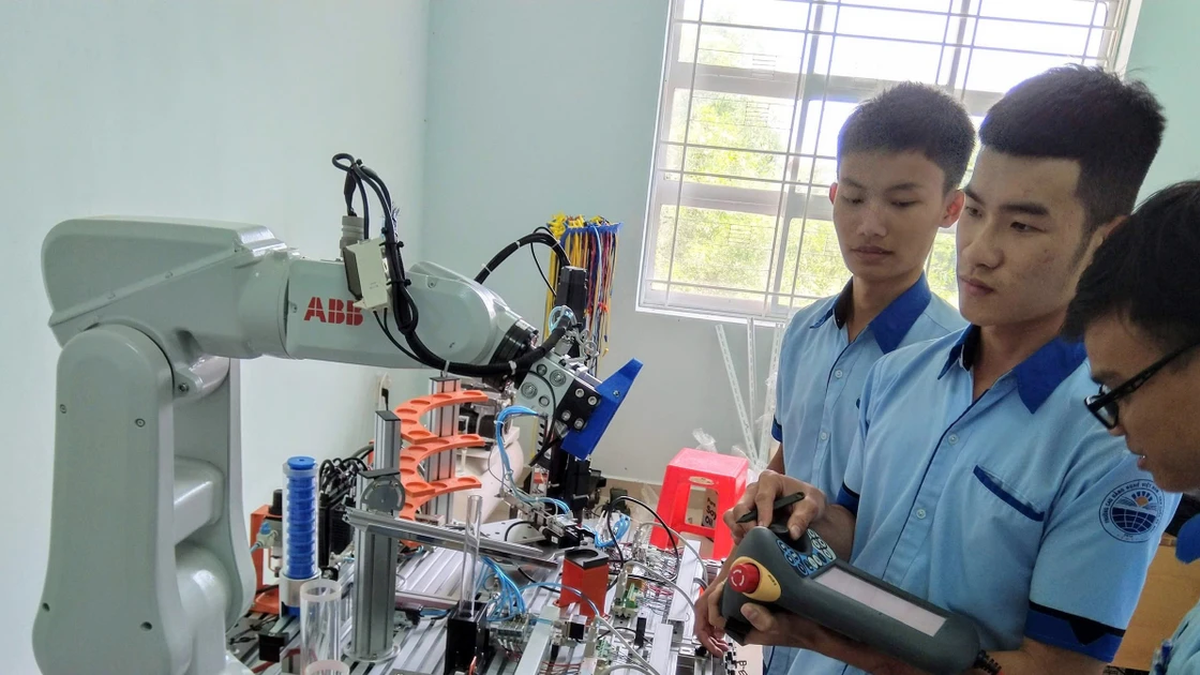
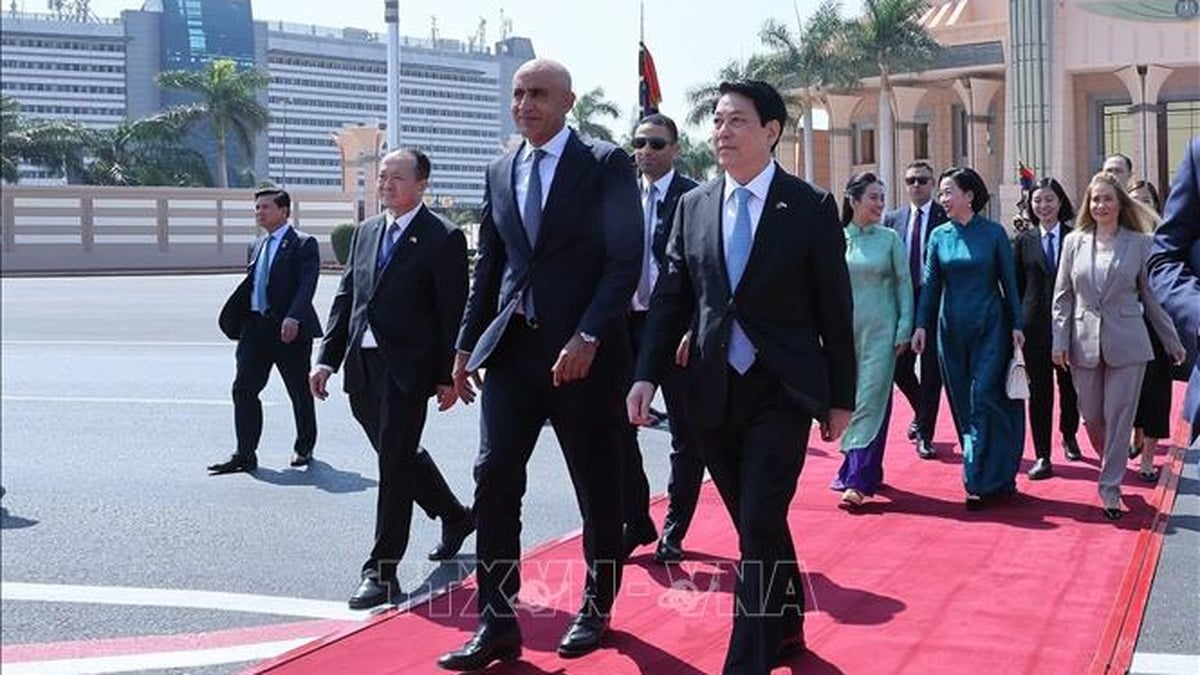




















![[Photo] Nghe An: Provincial Road 543D seriously eroded due to floods](https://vphoto.vietnam.vn/thumb/1200x675/vietnam/resource/IMAGE/2025/8/5/5759d3837c26428799f6d929fa274493)

![[Photo] Discover the "wonder" under the sea of Gia Lai](https://vphoto.vietnam.vn/thumb/1200x675/vietnam/resource/IMAGE/2025/8/6/befd4a58bb1245419e86ebe353525f97)








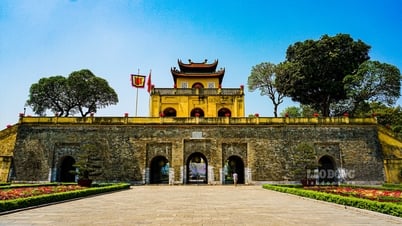














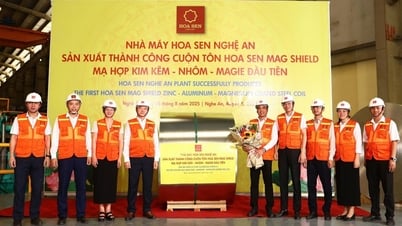
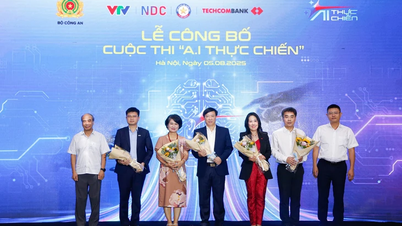
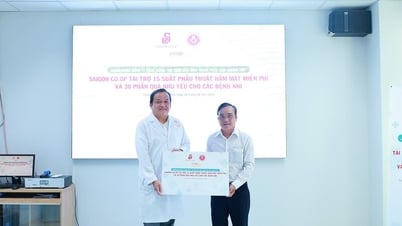





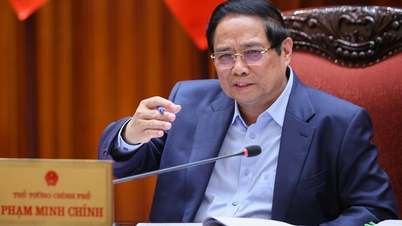
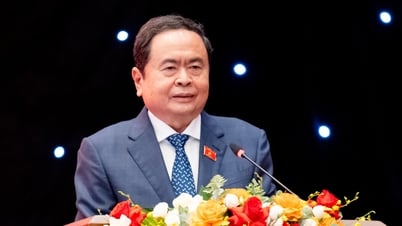
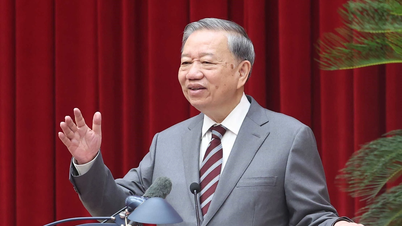
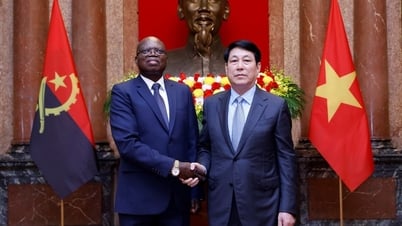






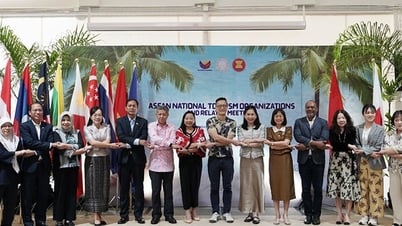

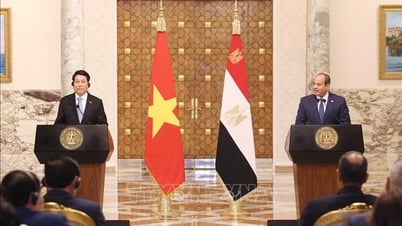
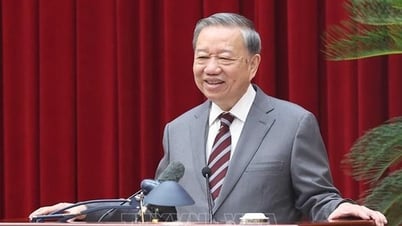





















Comment (0)